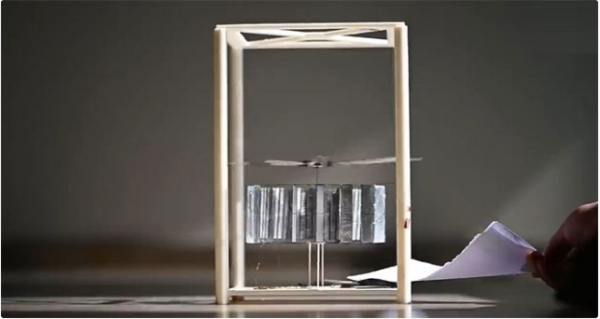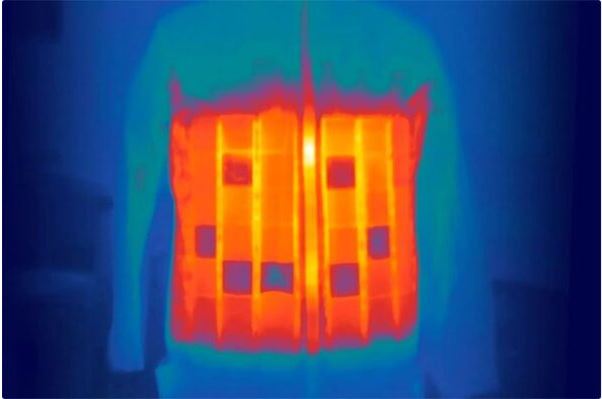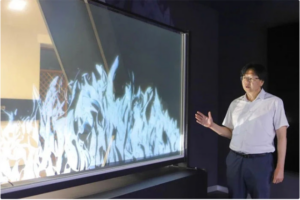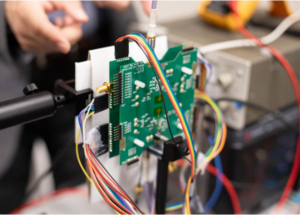Drone CoulombFly is lighter than an A4 piece of paper, has a wingspan of about 20 cm and can fly for a long time.

CoulombFly weighs only about 4 grams, lighter than a sheet of A4 paper.
A group of scientists at Beijing University of Aeronautics and Astronautics successfully developed CoulombFly, the world’s smallest and lightest flying vehicle powered by solar energy, Interesting Engineering reported on July 18. New research has been published in the journal Nature.
CoulombFly has a weight of just 4 grams, making it lighter than an A4 sheet of paper. It boasts a wingspan of around 20 cm, roughly the size of a hand, making it 10 times smaller and 600 times lighter than the previous smallest solar drone. The new drone model uses solar cells to produce electricity, creating an electric field between oppositely charged plates arranged in a circle. The opposite charges act like repulsive magnets, creating force that rotates the rotor. This process creates torque, causing the drone to fly off the ground.
CoulombFly has enhanced performance, reaching 30.7 grams per watt and consuming only 0.568 watts to fly through the air. This allows it to fly continuously in natural sunlight.
Limited flight time is a significant challenge for micro-aircraft, particularly those that weigh under 10 grams. Typically, their flight duration does not exceed 10 minutes. However, CoulombFly has overcome this problem. Each component is designed to balance efficiency and light weight, the team said, allowing the drone to perform long-term remote surveillance missions.
During the test flight, ColumbFly took off within just 1 second after the solar cells were exposed to light. At present, it is capable of flying freely for one hour at a height of 15 cm, carrying 2 grams of sensors or small controllers. Although this result may sound modest, the team of experts believes that in the future, design improvements will increase the drone’s durability and carrying capacity.
Scientists have proposed a number of improvements, including increasing engine torque, increasing propeller lift, integrating solar cells into structural parts and increasing the efficiency of voltage converters. . This tiny drone model can serve post-disaster relief work, perform patrol tasks in narrow spaces and collect information.










